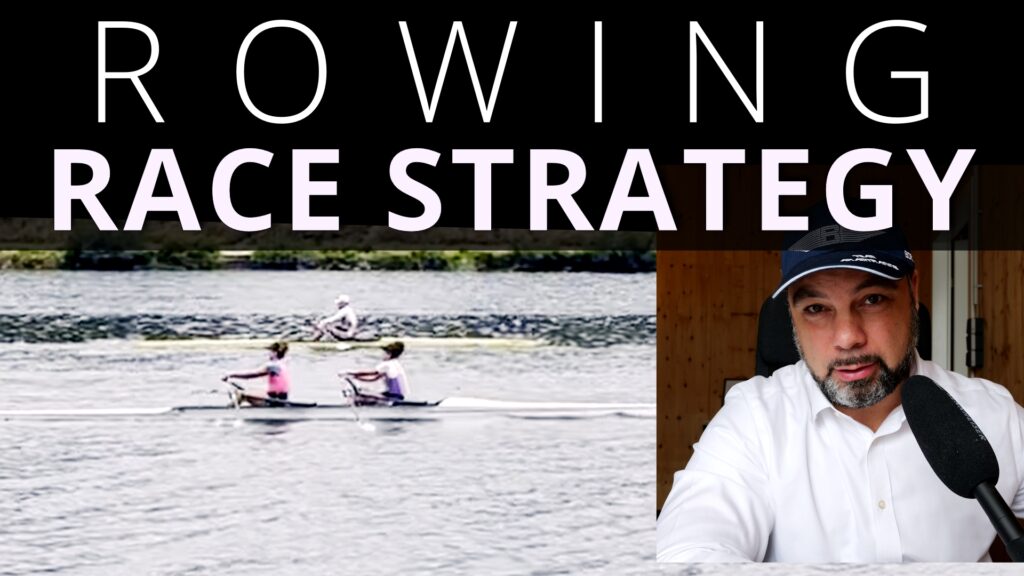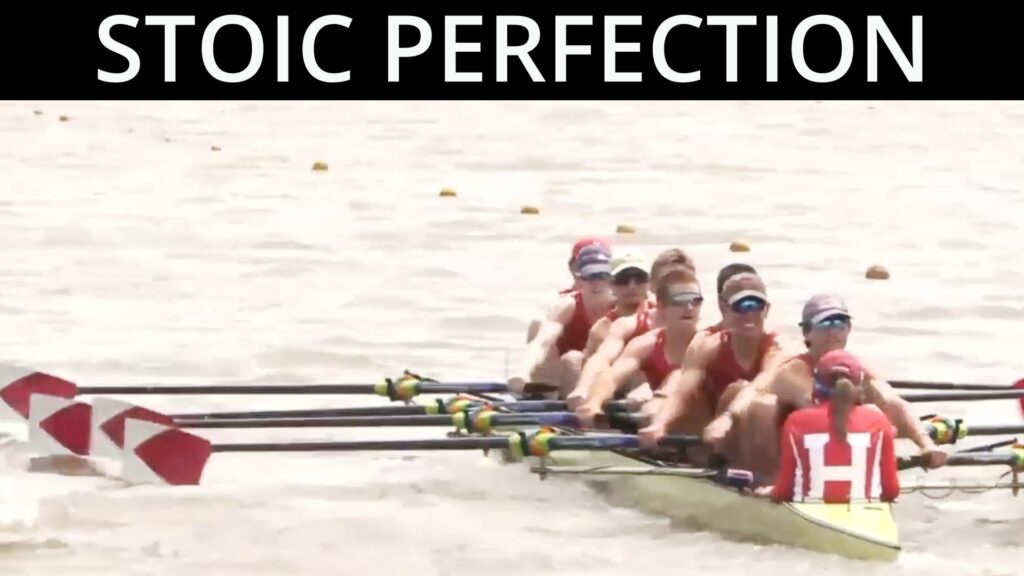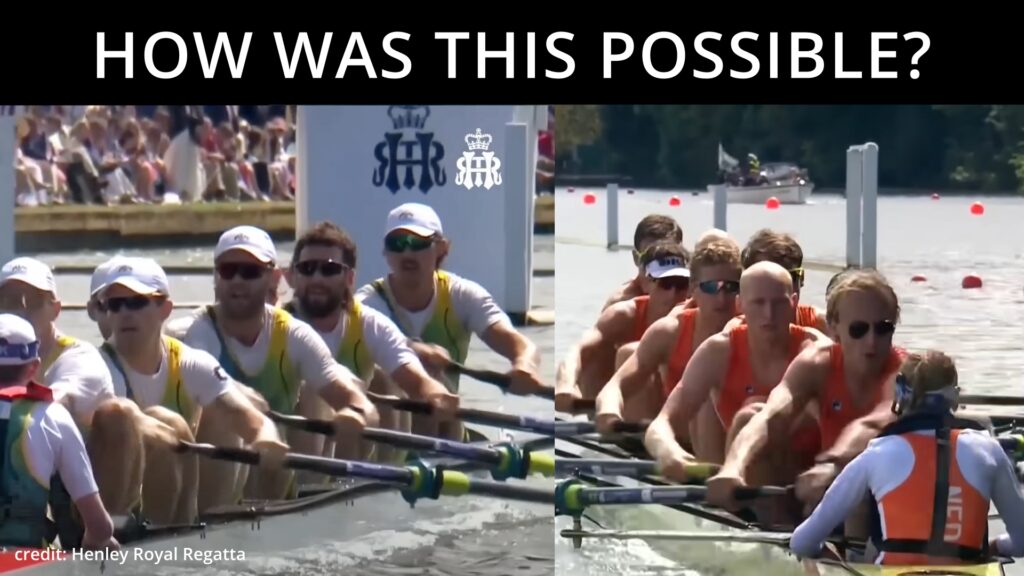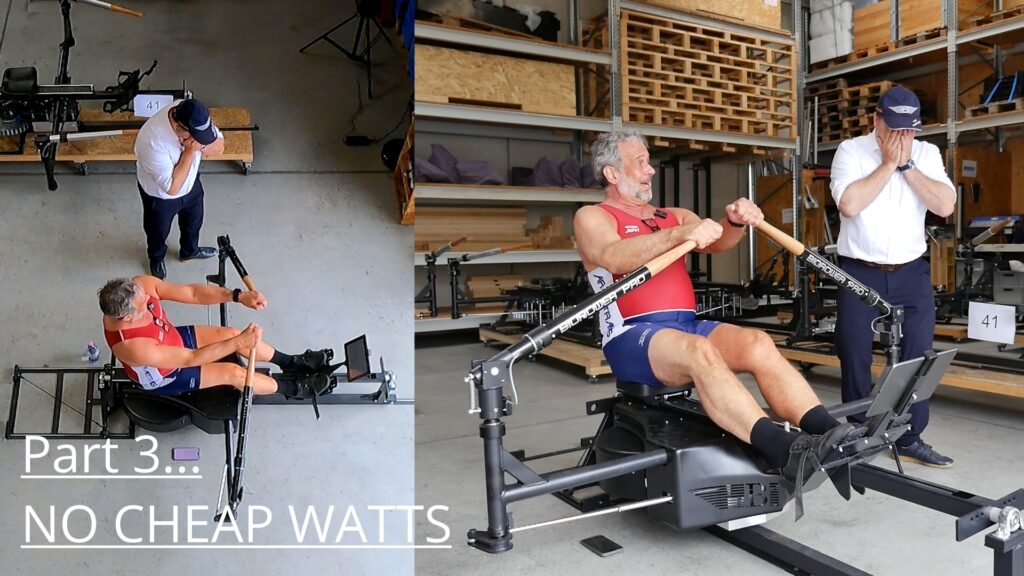
THE PERFECT RACE STRATEGY
Why Power-10s very likely destroy your race and what to do instead
What you need to know first
Rowing is a strength-endurance sport. It is one of the hardest things you can do, yet one of the most rewarding. Contrary to popular believe, rowing is not about talent, height or weight, but about efficient technique, structured training and the consistency with which you put in the work.
There are two types of athletes, broadly speaking: rowers with more raw strength than endurance, and rowers with more endurance than raw strength. The better balanced you are, and the higher your overall strength and endurance level is, the faster you are going to be. Provided, your technique is effective.
How do you know where on your journey you currently are?
There are very scientific ways to find out, yet the easiest way for you to find out is to ask yourself a few simple questions:
- Do you tend to perform better over 250m, 500m, or 1000m pieces, or do you tend to perform better if the race takes longer, such as a 5000m or 10000m race?
- What exhausts you for longer, what do you need longer to recover from?
- When you do strength training, can you move a lot of weight for 2 – 3 repetitions, but quickly fade if you have to do 20 – 30 reps, or is it the other way round: you can do 30 or more repetitions with a specific weight, but if you only increase it by a bit, you cannot even get one clean repetition done anymore?
Once you have found this out, it is time to think about your race strategy:
The strategy
Unless you are clearly an endurance based athlete, there are scientific reasons why you want to build your race over the entire race course, and it has to do with how your body turns food into energy.
There are two main states for the majority of the muscles in your body to source energy for the contraction:
With oxygen – which is what we call aerobic, and without oxygen, which is what we call anaerobic.
Without going into details, what you have to know is that both states are good and important for various reasons, however, only the aerobic state is sustainable for longer periods of time.
The only source of energy the muscle can use is called ATP – Adenosin Tri Phosphate. During the muscle contraction, ATP is reduce to an ADP – an Adenosin Di Phosphate.
The body now runs a recycling process to turn ADP back into ATP, with the help of Glucose and oxygen, if you are in aerobic state or without oxygen, if you are in anaerobic state.
The interesting fact comes now: as long as you are aerobic, every mol of glucose yields 32 usable mol of ATP. When being anaerobic, the yield drops to 2 usable mol of ATP per mol of glucose.
You have most likely already heard of lactate as well. Lactate is nothing bad, it is a byproduct of the muscle contraction process and it is used to turn ADP back into ATP – as long as you are aerobic. Meaning that this only works, as long as your body is still able to generate a certain power output in anerobic state.
Once you are exceeding your individual anaerobic threshold level, lactate will not be re-used as much anymore, and thus will quickly accumulate in your bloodstream.
In a race, you will, realistically speaking, reach the anaerobic threshold quickly. How quick is a matter of the training you have done before, and a matter of the race strategy you are applying.
The warm-up:
If you warm up too hard, you will be anaerobic before the race has even started. We tend to do this, however, when we are nervous. Therefore, a very specific race warm-up with well-structured intensities, such as I put on the plan for my athletes, is key.
Here are a few basic rules I follow:
Less is more, do not go too hard, trying to kill your nervousness. You will not win a medal for the fastest start before the race. Be prepared that they will make you sit around for an eternity before the actual start anyway. Therefore, most of your warm-up is for nothing.
The start:
You want to be with the pack, or at least in contact with the pack, but you do not want to lead everyone at the start at the cost of becoming anaerobic right after the start.
The first half:
Get into your rhythm, get into your technique and let the boat run. Expend as little energy as you can to hold the boat speed you want. If it is a headrace, and you have absolutely no idea what pace to hold, go by perceived load. It is likely you have practiced the race distance or something close to it in training before. You know very well what the first half feels like. If you want to do something magical, do it from the half way mark, not before.
The second half:
Wind it up like a crescendo. Increase your force input per stroke a tiny bit, possibly increase your stroke length a tiny bit, but always make sure you do not dip your bodyweight onto your oar handles at the catch and that you still manage to get your body weight in front of your seat during the recovery.
If you are a super explosive athlete, meaning the personification of raw power but not so much of endurance, then increasingly put the hammer down during the last third of the race.
The last 500m have their own rules. If you still can go crazy, do it. Especially in the single, many weird things work that will never work in a team boat.
A word on team boats: never ever go crazy all by yourself, putting in 120% effort. You are part of a team and you have to support the overall force curve of the team, meaning the way the team influences the boat during the drive. Trying to be the lone heroic fighter in a team boat usually slows things down. And yes, sometimes the stroke structure, the rhythm and the stroke rate will lead to the result that you did everything that you could to support that, but you still have something left in the tank. If the overall level of the boat is not any higher, it simply is not… yet.
What to avoid:
Power 10s. These are very popular, especially in eights. This is done to make everyone focus and present. However, this is the fastest way to get literally everybody immediately into lactate nirvana, meaning that you will be proportionally weaker for the rest of the race.
Fly and die starts for “psychological advantage”. There are not many races where this makes sense. The interesting thing about rowing is that if you are fast, you are fast. Some headraces will offer better lanes if you are leading, however, if Cambridge, for example, is in Oxford’s lane, and their boats collide, you know who is going to be disqualified…
Lastly, the question what endurance-based rowers should do:
This is rare, but these athletes do exist. You will not be much of a sprinter, and as your endurance outweighs your strength dramatically, you can go pretty much full send for the entirety of the race. You will most likely be behind at the start, and will compensate for that with a higher base speed over the entire race. Backing down would be bad for you, as you need to get as much distance between yourself and the explosive athletes for the finish sprint as you can.
And the last question:
What if different types of people are in the same boat?
Then I recommend the continuous build-up strategy, pretend none of you are endurance based rowers.
Get professional online and offline rowing coaching. https://www.aramtraining.com
Learn more about the BIOROWER, the worlds best rowing machine: https://www.biorower.com
Recommend0 recommendationsPublished in Rowing Racing




Responses